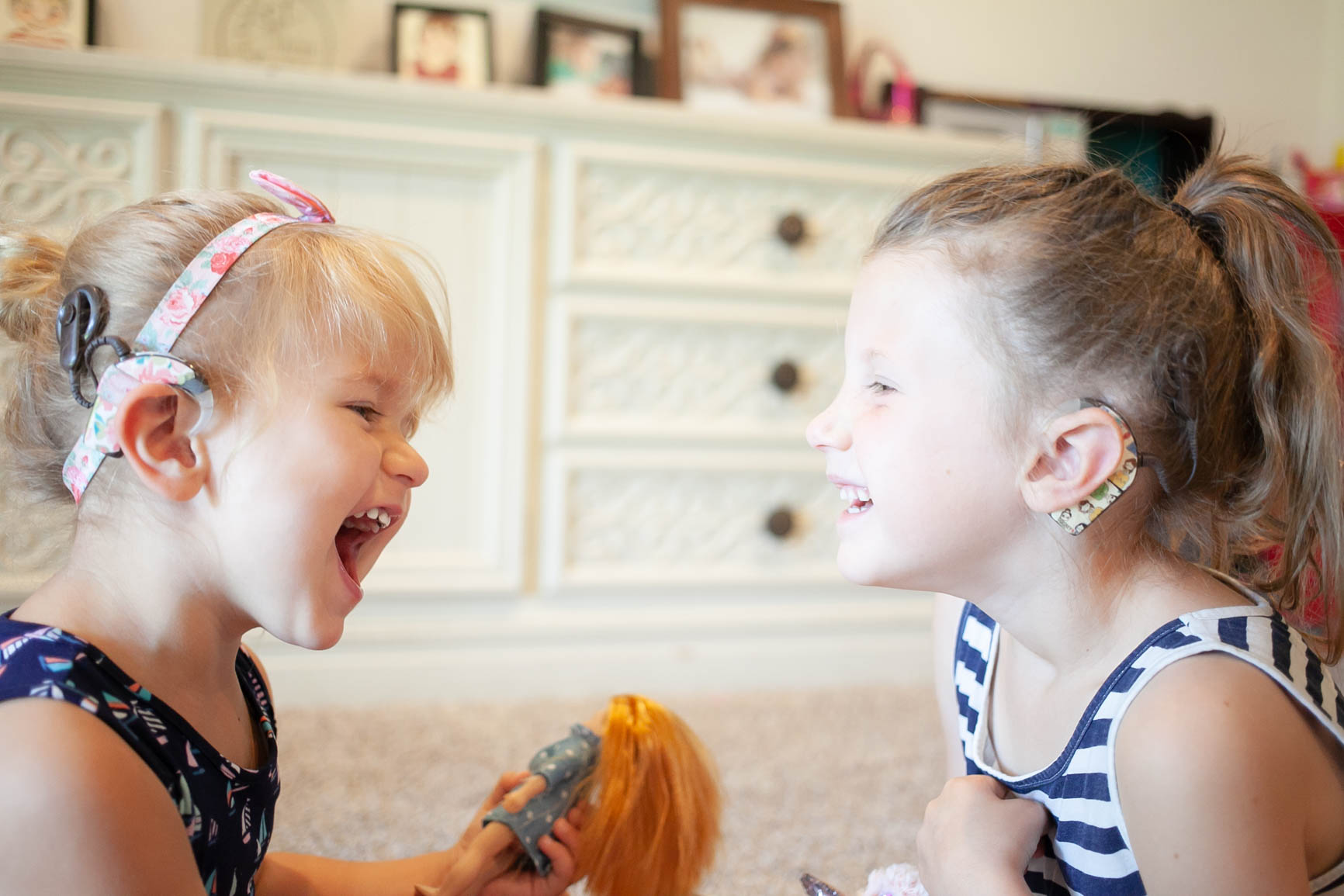27.14: Supporting Special Needs Children
- Page ID
- 142398
Supporting Special Needs Children
Learning materials should be accessible to all children, including those with physical or sensory disabilities. When young children are supported in movement and sensory exploration, they learn about themselves and the environment. Program leaders should turn to family members and specialized service providers for guidance on appropriate ways to make environmental adaptations that support the full participation of all children. Caregivers may need to consider the physical space or pathways within learning areas to ensure that infants or toddlers with physical disabilities can easily move around and participate, and caregivers can comfortably move them throughout spaces and join with them. All children, but particularly children with social or behavioral needs or specific developmental disabilities, may benefit from a designated area where they can easily access materials that help them soothe themselves and where they can spend some minutes alone. (The Ohio State University for the US Department of Defense’s Office of Family Policy/Children and Youth, 2021)
All children within a program benefit from opportunities to play alongside peers with diverse abilities; they learn the essential values of inclusion, empathy, respect, and acceptance.[1]
Family members may have disabilities or other delays as well: adjust and accommodate adults as needed.

To support access to the environment for infants and toddlers:
- Plan developmentally appropriate environments, interactions, and experiences for all children.
- Arrange alternative opportunities to move for children with physical challenges.
- Communicate with family members and specialized service providers involved with the family about the proper use of adaptive equipment or alternative movement opportunities for a child with a disability or other delay.
- Avoid the use of restrictive equipment that limits children's free movement and isolates them from other children.
- Represent diversity of abilities whether children with identified delays are enrolled in the program or not.[1]
[1] California Department of Education. 2011. California Preschool Curriculum Framework, Volume 2. Sacramento: California Department of Education. Is used with permission
[2] Image by Nina Kuchkovskiy is licensed CC: BY-NC
[3] California Department of Education. (2019). Infant/Toddler Learning and Development Program Guidelines, Second Edition. Sacramento: California Department of Education. Is used with permission.

